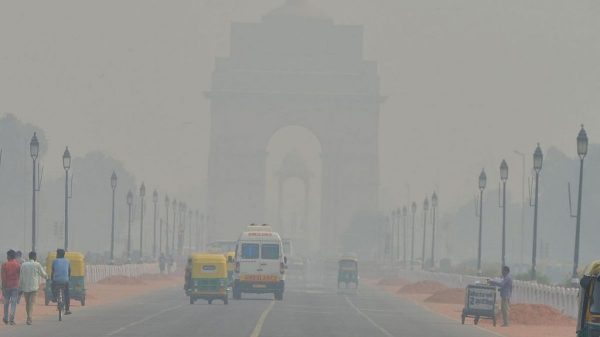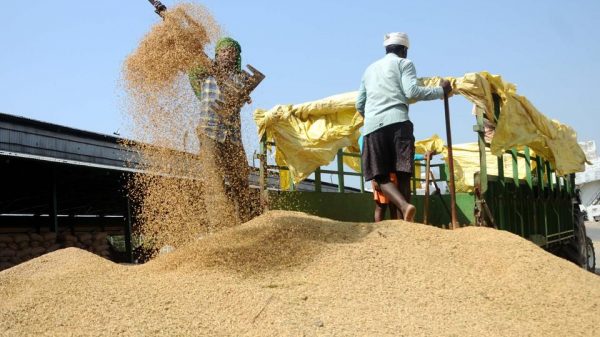In 15 years, more than 300,000 hectares of forest land in India have been diverted for non-forestry use under the Forest (Conservation) Act of 1980, as stated by Union Environment Minister Bhupender Yadav replying to the questions asked by BJP MP Feroze Varun Gandhi.
Throughout this period (2008-09 to 2022-23), compensatory afforestation efforts covered an expanse of 934,380 hectares across the country. According to official government data, Punjab emerges as the state with the highest forest land diversion, accounting for 61,318 hectares diverted for non-forestry activities since 2008-09.
Among the Himalayan states, the maximum diversion has taken place in Uttarakhand, where 14,141 hectares of forest have been diverted since 2008-2009. Uttarakhand has approximately 1.6% of the entire country’s land area. Surprisingly, 4.62% of the total forest diversion in the nation occurred within the boundaries of Uttarakhand. Social activist Anoop Nautiyal raised serious concerns about forest diversion in the state.
Anoop Nautiyal says, “On an average, 943 hectares of forest have been diverted in Uttarakhand every year in the last 15 years. It is very important to see these worrying figures in the light of the increasing number of disasters and the consequences of climate change every year.”
Following Punjab, Madhya Pradesh saw 40,627 hectares of forest land diverted for non-forestry purposes, followed by Odisha at 28,320 hectares, Telangana at 19,419 hectares, and Gujarat at 16,070 hectares. Significant forest land diversion was also noted in Jharkhand (15,691 hectares), Chhattisgarh (15,082 hectares), Maharashtra (13,297 hectares), Rajasthan (12,877 hectares), Arunachal Pradesh (12,778 hectares), and Andhra Pradesh (11,093 hectares).

The data indicates that the primary reasons for diversion include mining (58,282 hectares), road construction (45,326 hectares), irrigation (36,620 hectares), transmission lines (26,124 hectares), defence projects (24,337 hectares), hydel projects (13,136 hectares), railways (9,307 hectares), thermal power projects (4,101 hectares), and wind power infrastructure (2,181 hectares).
Over the past 15 years, the largest sanctioned forest land diversion occurred in 2009-10, with a peak of 76,743.76 hectares. This was succeeded by 23,117 hectares in 2010-11 and 20,045 hectares in 2013-14. Looking at the recent five years, forest land diversion has consistently fallen within the range of 17,000 to 20,000 hectares.
Presently, India’s total forest cover spans 713,789 square kilometres, which accounts for 21.71 per cent of the nation’s total geographic area. The Forest (Conservation) Act of 1980 plays a crucial role in preserving India’s forests and biodiversity. Recent amendments to the Forest (Conservation) Act narrows its scope to lands recorded as forest in government records and exempt specific land categories, a move criticized by conservationists.
















